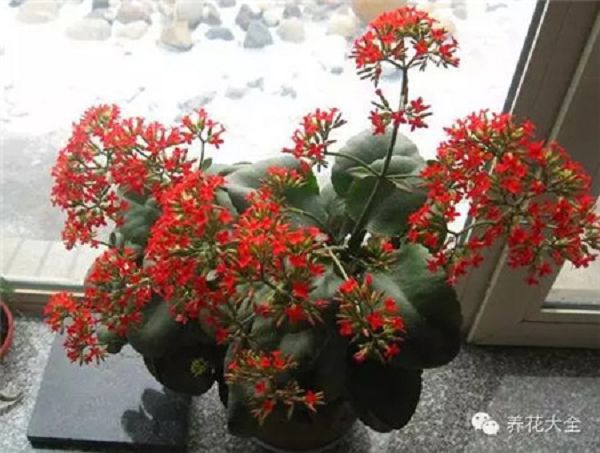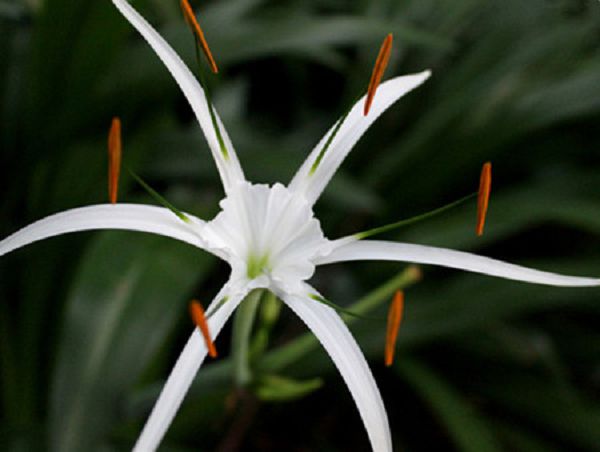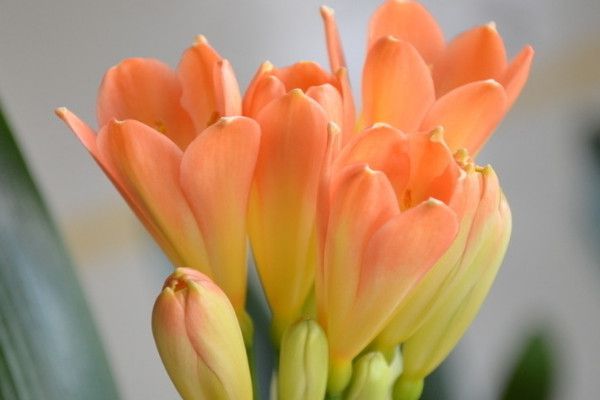The flowers at home are always bad, and that's why.

Adverse effects of light intensity on plants
The adverse effects of weak light on plants
When the plant grows under the light intensity lower than it needs for a long time, the new leaf becomes smaller, the leaf color becomes lighter, the Internode is longer, the plant height is thin and weak, and the phenomenon of overgrowth appears. For example, the light needed for normal growth such as Pueraria lobata and green pineapple is above 400lx, but when the indoor light is dark, the phenomenon of overgrowth will appear for a long time.
Striped foliage plants, such as Pueraria lobata, zebra evergreen, variegated wood and Brazilian wood, gradually become lighter, yellow and blurred when they are placed in darker light for a longer time.
The adverse effects of excessive light on plants
Some foliage plants have strong negative tolerance and low light intensity for normal growth. for example, taro plants need very low light. When the light is strong, the leaves will fold or close, and if they are stronger, the leaves may be burned.
When placing foliage plants, they should be placed according to the degree of shade tolerance of plants, and avoid putting them in too strong direct light or in darker places. In addition, regular rotation can also be taken to maintain the beauty of its leaves and plant types.
Effect of Indoor temperature on plants
The optimum temperature for different plants from different places of origin is different, and most foliage plants can grow normally above 15 degrees. Too high temperature, such as above 35 degrees, or too low temperature, such as below 10 degrees, will affect the normal growth and development of plants. If the plant is in this state for a long time, there will be many diseases. If the winter plant is in a semi-dormant state, if the temperature is lower than 10 degrees for a long time, then leaf spot disease will occur in large leaf vines, emeralds, Brazilian wood and so on.
Effect of humidity on plants
Foliage plants like high temperature and high humidity. If the indoor temperature is not high, the humidity leaf needs to be reduced. Under normal circumstances, winter plants are in a semi-dormant state, the air is relatively dry, plants can safely survive the dormancy period. The summer temperature is higher, the light is suitable, the plant growth speed is faster, and the humidity requirement is also higher, which is more than 60%. If the room is dry, spray water to the leaves every day, or scrub the leaves with humidity to increase humidity. If the foliage plant is in a dry environment for a long time, the leaf tip will become dry.
Other factors
Put plants in winter to avoid heating, and in summer to stay away from electric fans and air conditioners, so as to avoid harm to plants caused by bad environment.
Related
- Fuxing push coffee new agricultural production and marketing class: lack of small-scale processing plants
- Jujube rice field leisure farm deep ploughing Yilan for five years to create a space for organic food and play
- Nongyu Farm-A trial of organic papaya for brave women with advanced technology
- Four points for attention in the prevention and control of diseases and insect pests of edible fungi
- How to add nutrient solution to Edible Fungi
- Is there any good way to control edible fungus mites?
- Open Inoculation Technology of Edible Fungi
- Is there any clever way to use fertilizer for edible fungus in winter?
- What agents are used to kill the pathogens of edible fungi in the mushroom shed?
- Rapid drying of Edible Fungi



